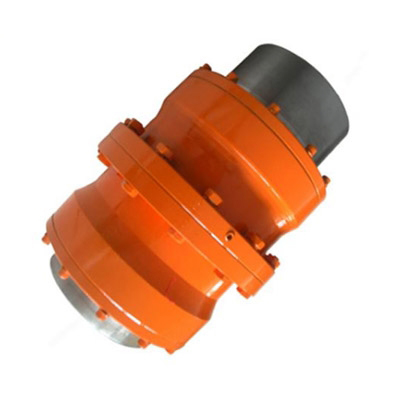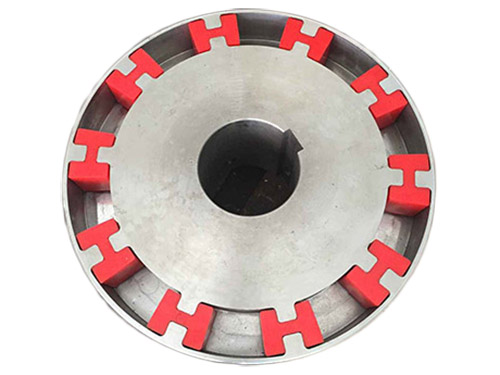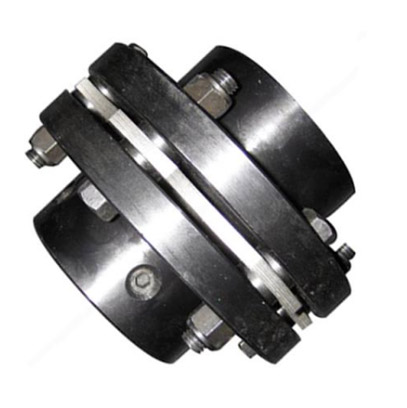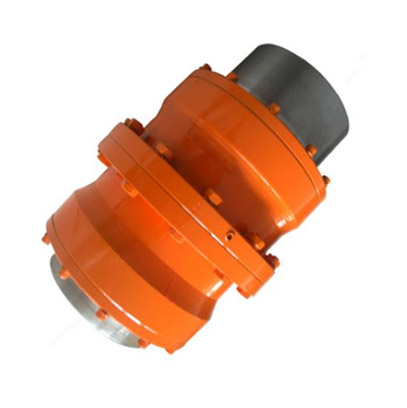Ever-Power Co., Ltd.
Email: [email protected]
Product displayProduct Display
- Coupling
- Small flexible coupling
- Pulley
- gear
- rack
- Sprocket
- Spiral bevel gear
- Bevel gear
- Worm Gear
- Expansion coupling sleeve
- Torque limiter
- Timing belt
- Pulley
- Cone sleeve embedded pulley
Contact information
Coupling
GICL drum gear coupling
product manual
GICL type-Drum gear coupling (JB/T 8845.3-2001) Alternative (JB/T 8845.3(2)-1999)
Type I-The sealed end is a separate type, with a large tooth spacing, allowing a large radial displacement, and can be connected with Y, JXNUMX, and ZXNUMX shaft extensions.
Type Ⅱ-The sealing end is integral, with small tooth spacing, relatively small radial displacement, compact structure, small moment of inertia, and can be connected with Y and JXNUMX shaft extensions.
When the drum gear coupling is working, the two shafts produce relative angular displacement, and the tooth surfaces of the internal and external teeth periodically slide relative to each other in the axial direction, which will inevitably cause tooth surface wear and power consumption. Therefore, the gear coupling The shaft device needs to work in a good and sealed state.Gear couplings have small radial dimensions and large load-bearing capacity. They are often used in shafting transmissions under low-speed and heavy-duty conditions. High-precision and dynamically balanced gear couplings can be used for high-speed transmissions, such as gas turbine shafting. transmission.Because the angular compensation of drum gear couplings is greater than that of straight gear couplings, drum gear couplings are widely used at home and abroad.The drum gear coupling is a rigid-flexible coupling. The gear coupling is composed of an internal gear ring with the same number of teeth and a flange half coupling with external teeth.The external teeth are divided into straight teeth and drum teeth. The so-called drum teeth means that the external teeth are made into a spherical surface. The center of the spherical surface is on the gear axis. The tooth side clearance is larger than that of ordinary gears. The drum-shaped gear coupling can Allows a larger angular displacement (compared to the straight tooth coupling), which can improve the contact conditions of the teeth, increase the torque transmission capacity, and prolong the service life.The contact state along the tooth width when there is angular displacement.It has the ability to compensate for axis deviation in radial, axial and angular directions. It has the advantages of compact structure, small turning radius, large carrying capacity, high transmission efficiency, low noise and long maintenance cycle. It is especially suitable for low-speed and heavy-duty conditions, such as Metallurgy, mining, hoisting and transportation industries, and also suitable for shafting transmission of various machinery such as petroleum, chemical industry, general machinery and so on.The characteristics of the drum gear coupling (compared with the straight gear coupling has the following characteristics): 1. Strong carrying capacity.Under the same outer diameter of the inner gear sleeve and the maximum outer diameter of the coupling, the carrying capacity of the drum gear coupling is 15-20% higher than that of the straight gear coupling on average, and the angular displacement compensation is larger.When the radial displacement is equal to zero, the allowable angular displacement of the spur gear coupling is 2o, and the allowable angular displacement of the drum gear coupling is 1o1', an increase of 30%.Under the same modulus, number of teeth, and tooth width, the allowable angular displacement of the drum tooth is larger than that of the straight tooth. 50. The drum tooth surface improves the contact conditions of the inner and outer teeth and avoids the straight tooth under the condition of angular displacement. The disadvantages of the edge extrusion of the tooth end and the stress concentration also improve the friction and wear of the tooth surface, reduce the noise, and have a long maintenance cycle. 3. The tooth end of the outer gear sleeve is in the shape of a horn, which makes the assembly and disassembly of the inner and outer gears very convenient. 4. The transmission efficiency is as high as 5%.Based on the characteristics of the warp, at present, drum-shaped teeth have generally been substituted for straight-tooth couplings at home and abroad.
Recommended Products


 H type coupling
H type coupling JMI diaphragm coupling
JMI diaphragm coupling GICL drum gear coupling
GICL drum gear coupling